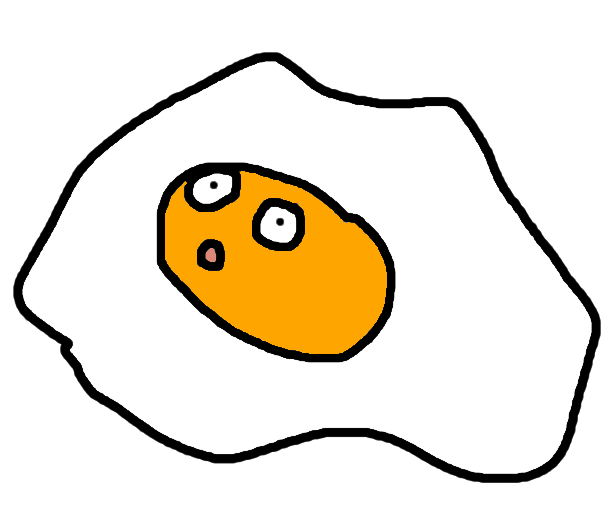Firewood Beetle
Firewood beetles are a small inanimal native to the sunburnt forests of Hell. These animals are plentiful, even considered a minor pest in some regions. Firewood beetles rest on the trunks of curled firewood trees, a woody plant with a curly trunk and branches, allowing fire to travel more freely throughout.
Firewood beetles are used as a firestarter on a handful of other planets. Since many different planets and corporations own sections of the planet, many have encountered this species and found their pyromagical tendencies very useful.
Taxonomy
Firewood beetles are in the family Epitulidae, containing a number of magical beetle-adjacent inanimals. They are the type species, Epitula ignis. Firewood beetles have two subspecies, found in the Northern and Southern Hemispheres of Hell, respectively.
Anatomy

Firewood beetles are approximately an inch in length. They have a slender body with a large rectangular elytra, protecting delicate silver wings. The elytra is identical to the bark of curled firewood trees, helping them camouflage in the forests.
Like all beetle species, firewood beetles have six legs. They are stubby and are hidden by the elytra when resting. Firewood beetles have a very small head with a large crest protecting the eyes. Throughout the beetle's elytra are specialised ignitor cells that let the beetle set itself on fire. With these cells the beetle feels no pain from this.
Firewood beetles release a noxious gas from its abdomen when threatened. This flammable gas is set alight with the help of the ignitor cells, creating a stream of flames that deter predators.
Diet
These creatures exclusively feed on burnt wood. Forest fires are common on Hell, eradicating old and rotten parts areas of forests, leaving room for new growth. Firewood beetles gather in their millions to tear down burnt parts of the forest, clearing out entire trees and laying eggs in tree stumps.
Reproduction & Growth

Firewood beetles reproduce similar to how an animal, would, as opposed to an inanimal. These creatures lay bright orange eggs in tree stumps, setting it alight with their bodies before flying off.
The eggs hatch just a few days later and emerging as neon orange larva, wriggling through the soil to find a new, healthy tree to dig into. Larva dig into the tree from the roots, emerging two weeks later after pupating deep inside the tree's trunk.
It will survive as an adult for three weeks, consuming rotting wood and laying its eggs in tree stumps.
Habitat
Firewood beetles inhabit the sunburnt forests of Hell. They are found exclusively in and around curly firewood trees, growing and pupating inside healthy trees, and consuming rotten ones as adults. Firewood beetles are extremely helpful in replenishing sunburnt forests, aiding the Natural Order and maintaining the ecosystem's flow.
They struggle to survive in artificial habitats without this consistent cycle of healthy and rotten trees. Few other planets have been able to successfully keep captive populations of firewood beetles, Karkhala and Razhea Capita being two of them.
Behaviour
The beetle's propensity for spontaneously starting fires makes them tricky animals to understand. They set themselves on fire for seemingly no reason - it cannot be for heat, as they live on one of the hottest planets in the Greater Oasis, and they have alternate means of mating and scaring away predators.
Firewood beetles gather in large colonies on tree trunks. Larger colonies completely cover trees to the point the trunk is no longer visible. The beetle's colouration makes them excellent at camouflage, and from a distance they are unidentifiable.
Uses
Contract workers on Hell often use firewood beetles to heat their food, when companies fail to provide adequate methods of heating food. Many workers have discovered poking firewood beetles causes them to set themselves on fire, and so these beetles are used to heat up ready-made meals.
They are also caught in their hundreds and eaten as a crunchy snack. Firewood beetles, when fried and spiced to taste, are very flavourful and protein-rich.
Pyromancy








Comments